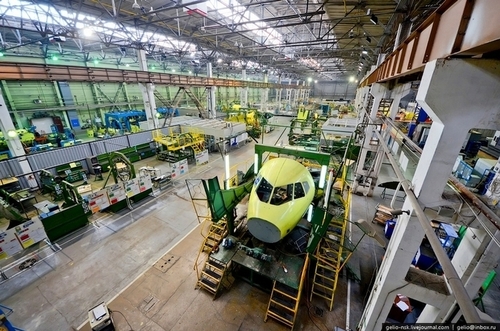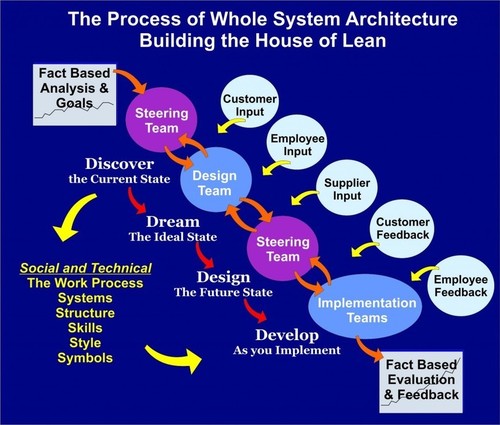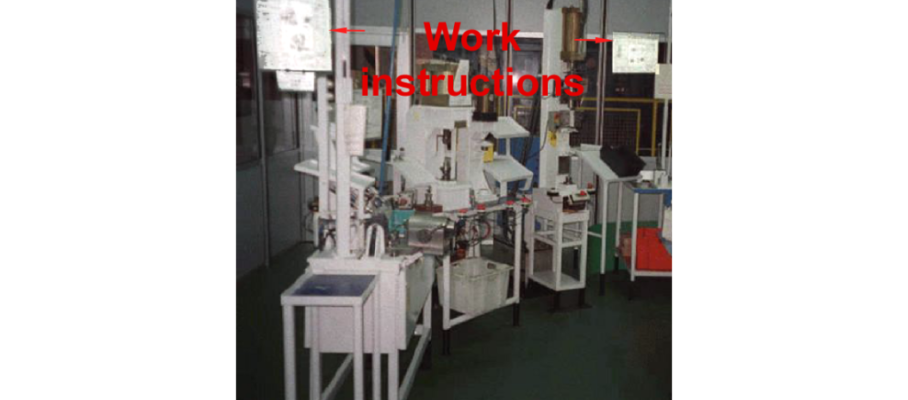Jul 10 2012
Airbus Starts Production Of The A320neo Family | IFExpress
See on Scoop.it – lean manufacturing
Moving assembly line for pylons at Airbus St. Eloi
“[…]The Airbus Saint-Eloi site is specialised in the design, manufacturing, assembly, equipping and testing of engine pylons and design and manufacturing of titanium nacelle parts for all the aircraft in the Airbus family. Featuring the latest efficient ‘moving-line’ lean-production concept, the facility is also the leading European centre for hard metals machining and transformation, including titanium.[…]”
See on airfax.com
See photos of the pylon assembly line, with comments in French, in a dossier from L’Usine Nouvelle.









Jul 17 2012
Why Toyota is Lean…and You’re Not
See on Scoop.it – lean manufacturing

Jeffrey Liker on what Lean really is. An interesting article, with which I have a few quibbles:
I don’t think it’s true, because they will be competing against manufacturers elsewhere doing the same.
I also do not see this statement as an accurate summary of Lean. Under Alfred P. Sloan’s leadership in the 1920s, GM did everything the statement says. When Peter Drucker wrote Concept of the Corporation in 1946, GM was arguably the best run company in the world, particularly in leadership development, but, even looking back, you wouldn’t call it Lean.
See on www.manufacturingpulse.com
Share this:
Like this:
By Michel Baudin • Press clippings 0 • Tags: Lean, Lean manufacturing, Management, Toyota, Toyota Production System, TPS